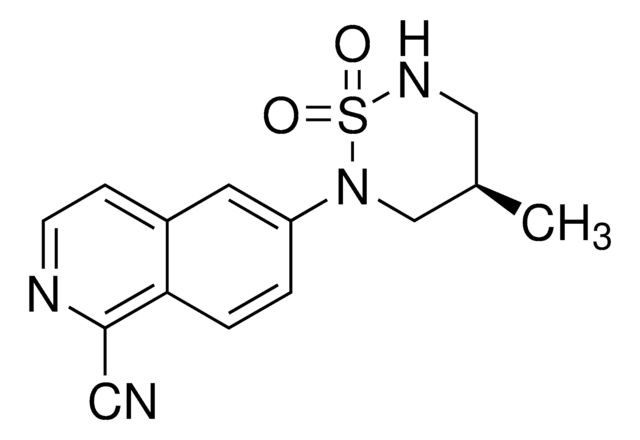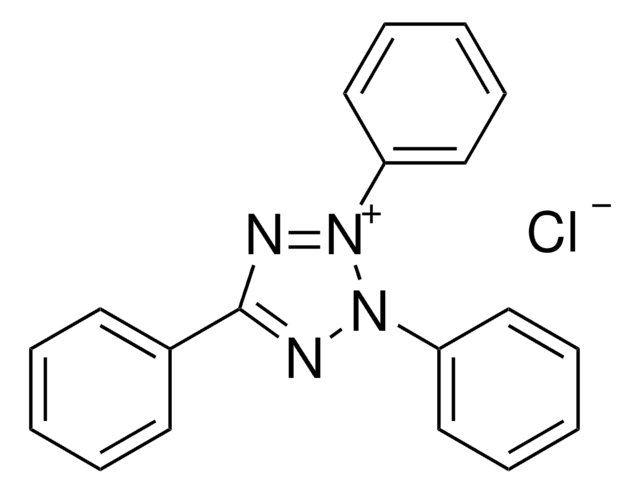5.00501
iPSC Induction Enhancer II, OAC1
Synonim(y):
iPSC Induction Enhancer II, OAC1, Induced Pluripotent Stem Cells Induction Enhancer II, Oct4-Activating Compound 1, N-(1H-Pyrrolo[2,3-c]pyridin-5-yl)benzamide
About This Item
Polecane produkty
Próba
≥99% (HPLC)
Poziom jakości
Formularz
solid
producent / nazwa handlowa
Calbiochem®
warunki przechowywania
OK to freeze
protect from light
kolor
off-white
rozpuszczalność
DMSO: 100 mg/mL
temp. przechowywania
2-8°C
InChI
1S/C14H11N3O/c18-14(10-4-2-1-3-5-10)17-13-8-11-6-7-15-12(11)9-16-13/h1-9,15H,(H,16,17,18)
Klucz InChI
HWJRIFZDXJKJJN-UHFFFAOYSA-N
Opis ogólny
Please note that the molecular weight for this compound is batch-specific due to variable water content. Please refer to the vial label or the certificate of analysis for the batch-specific molecular weight. The molecular weight provided represents the baseline molecular weight without water.
Działania biochem./fizjol.
Opakowanie
Ostrzeżenie
Rekonstytucja
Inne uwagi
Informacje prawne
Kod klasy składowania
11 - Combustible Solids
Klasa zagrożenia wodnego (WGK)
WGK 3
Temperatura zapłonu (°F)
Not applicable
Temperatura zapłonu (°C)
Not applicable
Certyfikaty analizy (CoA)
Poszukaj Certyfikaty analizy (CoA), wpisując numer partii/serii produktów. Numery serii i partii można znaleźć na etykiecie produktu po słowach „seria” lub „partia”.
Masz już ten produkt?
Dokumenty związane z niedawno zakupionymi produktami zostały zamieszczone w Bibliotece dokumentów.
Nasz zespół naukowców ma doświadczenie we wszystkich obszarach badań, w tym w naukach przyrodniczych, materiałoznawstwie, syntezie chemicznej, chromatografii, analityce i wielu innych dziedzinach.
Skontaktuj się z zespołem ds. pomocy technicznej








